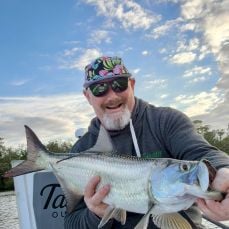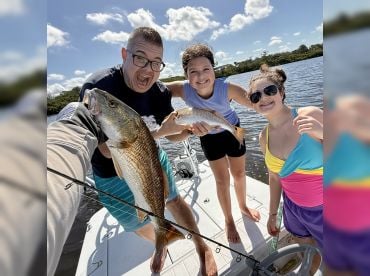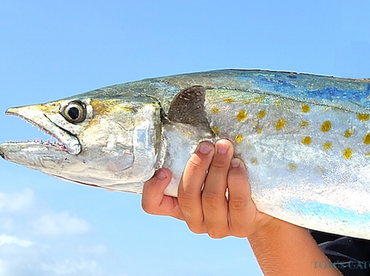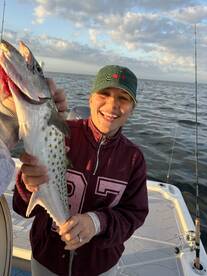Sep 25th Clearwater Inshore Report: Work
September 23, 2025
Clearwater
2 photos
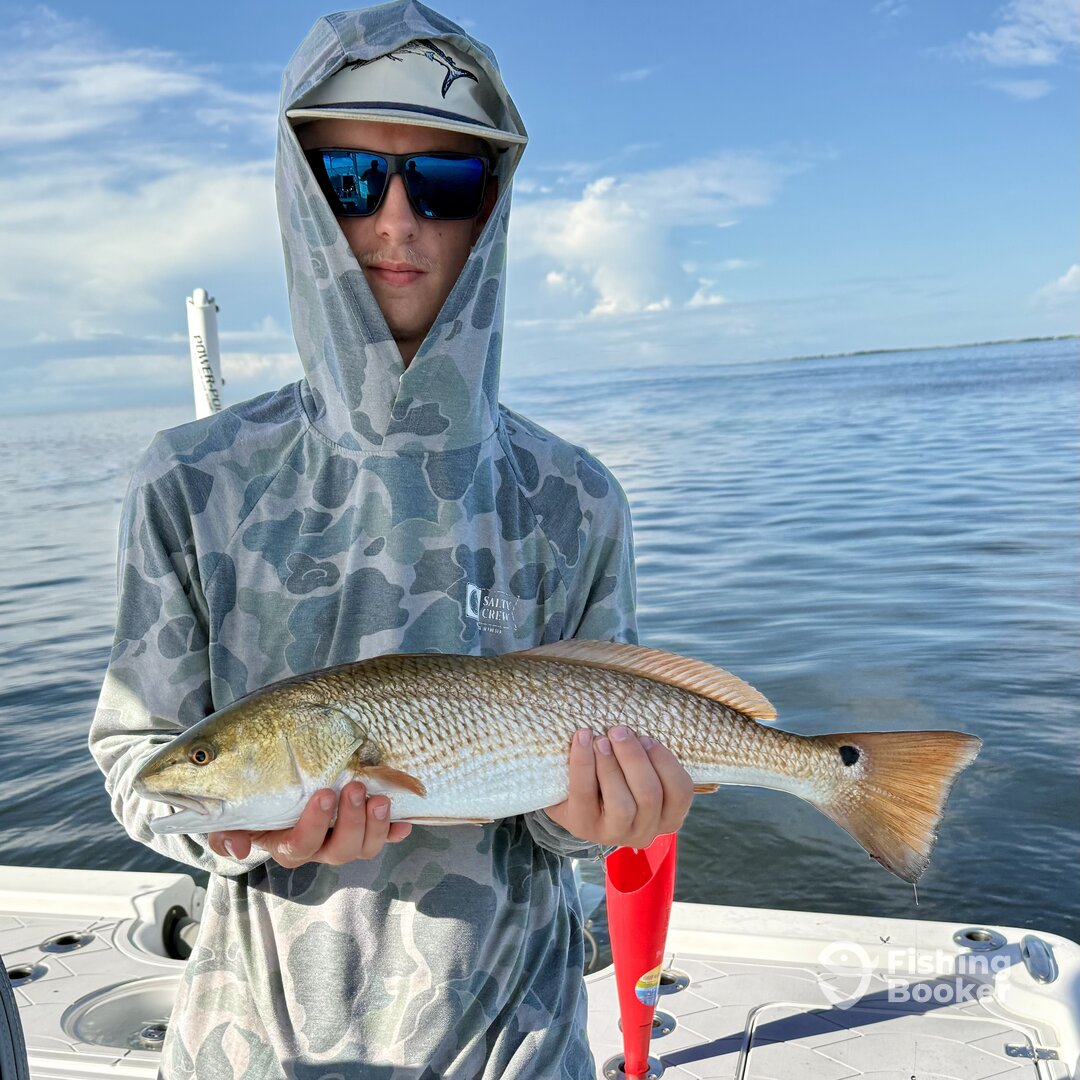

Redfish
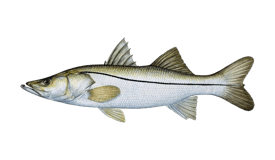
Snook
Trip Summary
Trip Summary
Last week we teed up a pure inshore game plan—and it’s paying off. With bait thick and tides pushing, the most reliable action around Clearwater Harbor and up into St. Joseph Sound has come from oyster beds, mangrove edges, and dock lines. If you fish the structure correctly—quiet approach, right angle, right timing—you’ll stay bent on snook and redfish, with bonus trout and mangrove snapper in the mix.
Conditions Snapshot
Bait: Pilchards easy at first light on markers and windward edges; glass minnows on sand troughs near the beach.
Tides: The first 90 minutes of moving water is gold (incoming for reds on the bushes; either direction for snook on docks).
Water: Clarity swings with wind; cleaner water = lighter leader and longer casts.
Launch: Seminole Street Boat Ramp (Clearwater) and Turtle Cove Marina (Tarpon Springs) for short runs to protected structure.
Oyster Beds: Don’t Rush the Edges
Why they work: Current wraps and slows—perfect ambush lanes for reds, trout, and snapper.
Boat setup: Idle in and stake/power-pole up-tide; avoid wake on the bars.
Live bait: Pinfish or pilchards on a 1/0 circle, 25–30 lb fluoro; let the tide carry the bait along the shell edge.
Lures: Gold spoon for search, then a 3–4" paddletail (1/8 oz) when you contact fish.
Tip: If you nick shell, you’re in the lane—re-tie often.
Mangrove Edges: Pitch Pockets, Not the Wall
Presentation: Short, accurate underhand pitches past the pocket; swim the bait with the tide out of the shadows.
Live bait: Free-lined pilchards or cut bait placed up-tide so it settles naturally at the opening.
Lures: Weedless jerk shad or paddletail on a 3/0 EWG hook; keep it quiet.
Leader: Start 30–40 lb on snook days; drop to 25–30 lb if it’s clear and the fish are wary.
Docks & Seawalls: Shade + Angle = Snook
Why they work: Predictable shade lines and pilings that funnel bait.
Boat handling: Set up up-current and cast past the target; let the bait cross the shade seam under control.
Live bait: Pilchards on 1/0–3/0 circles; count it down for mid-water strikes.
Lures: Walk-the-dog topwater at gray light; then a 1/4 oz jighead + 4–5" paddletail to work pilings.
Tip: Most misses come from bad angles—fix the line of travel, not the lure.
Tackle & Settings (What We’re Running)
Rods/Reels: Medium to med-heavy Shimano 3000–4000.
Line/Leader: 20–30 lb braid to 30–40 lb fluoro (snook around structure), lighter for open flats.
Hooks/Jigs: 1/0–3/0 circles; 1/8–1/4 oz jigheads; spoons for search.
Quiet boat = more bites: Soft feet, slow hatches, and keep the trolling motor a click lower than you think.
Best Trips to Book (Inshore, This Week)
2-Hour Quick Trip — $300: Sunrise structure hop (docks or an oyster line) with minimal running.
4-Hour Inshore — $550 (most popular): Prime tide on two structures—mangrove edges then dock shade.
Small Tweaks, Big Difference
Leader check every fish or nick—snook sandpaper will cost you.
Cast past the spot so the bait travels naturally through the strike zone.
Pause at the edge of an oyster bar or pocket—let current finish the presentation.
If you bump shell or dock and spook fish, stake out and let it rest—then return with a quieter angle.
Where We Focused This Week
Dock lines with early shade inside Clearwater Harbor.
Mangrove points and pockets on the flood north toward St. Joseph Sound.
Oyster bars with clean water and moderate flow—especially where a grass flat meets shell.
What We Provide
All licenses, premium Shimano gear, bait/tackle, ice & water, and hands-on coaching for any experience level. Bring sun protection, snacks, and a small cooler for your car if you plan to take fish home (when allowed).
Next Week’s Preview
Sheepshead on docks and bridges. As we edge toward fall fronts, expect rising numbers on pilings and fenders. We’ll cover fiddler/crab and shrimp/sand flea rigs, how to feel the thump and set the hook, and which tide angles keep your bait in the bite zone.
